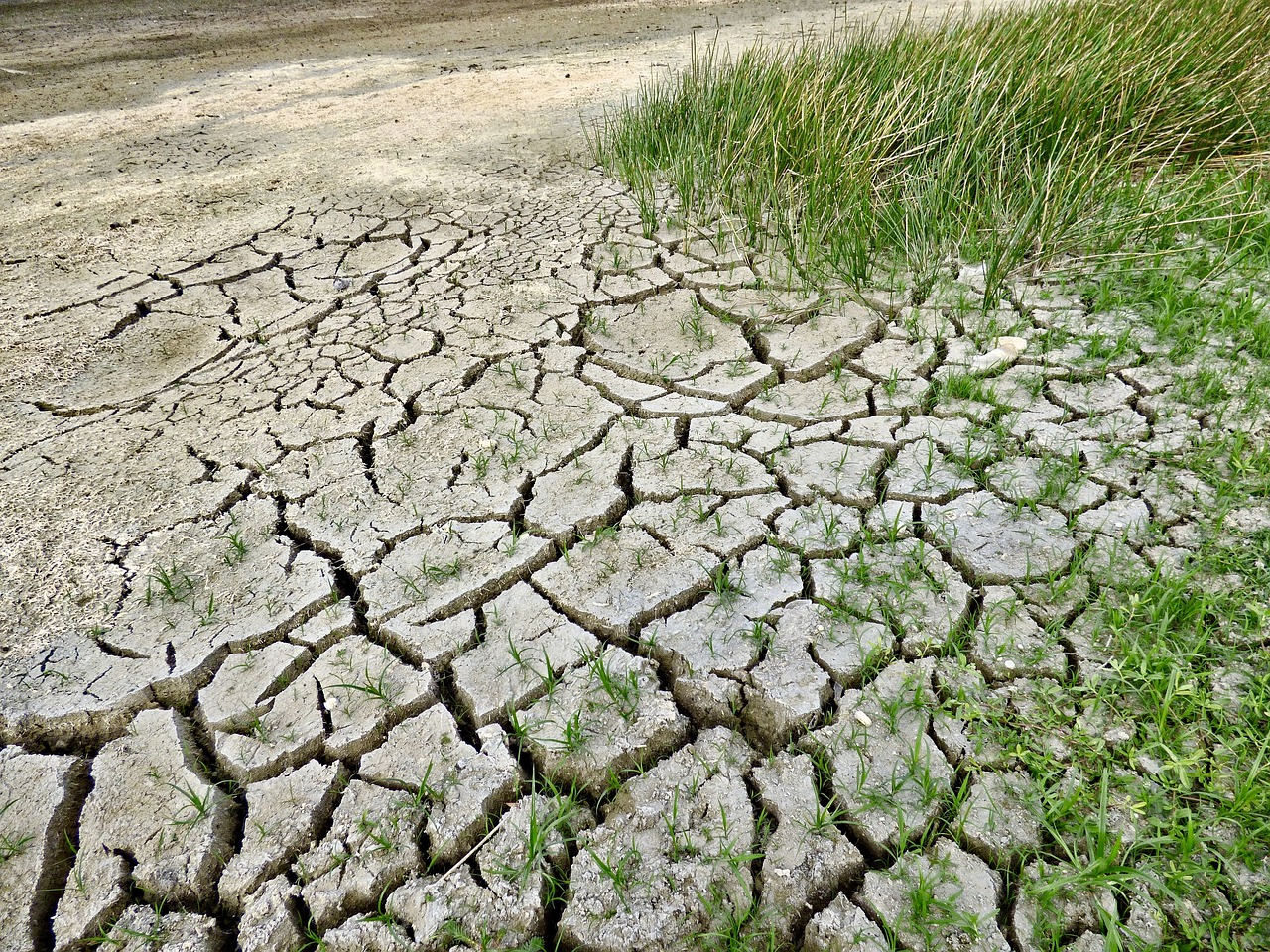
Internal migration involves moving across administrative divisions but without leaving a national territory.
Internal migration is a phenomenon that is characterized by a human displacement carried out by those who pursue the intention of locating, permanently or temporarily, in a territory different from that of the point of origin but without moving country, that is, without going beyond the borders. This is a frequent reality that changes the distribution of the population in various regions, since citizens leave one place and settle in another area, always within the same national area. Censuses are a great information instrument to know how migratory flows change over the years.
The change of residence can be motivated by a large number of reasons that can even complement and combine. Sometimes it is carried out alone, while on other occasions it involves a family and even several subjects who, voluntarily or involuntarily, continue writing their life stories in areas other than those of origin. Some may find in migration a hope for progress on the basis of literacy and work culture, but there are also those who carry out internal migration to get away from adverse geographical, environmental and social conditions.
Types of internal migration
There are multiple types of internal migration . Classifications depend on the duration and time of the transfer as well as the departure and arrival points.
Those who specialize in the modalities and features of this phenomenon distinguish between intraregional migration and interregional migration , urban-rural migration (from the city to the countryside) and rural-urban migration (when in rural areas the chances of growth or the Settlers are looking for something more than dedicating themselves to farmland, people are leaving for the metropolises).
It is also possible to differentiate between permanent migration , temporary migration , circular migration and seasonal migration (with brief and variable stays at destination points reached, generally, for work reasons). If migratory movements are not voluntary but a consequence of persecution, harassment, violation of human rights and use of force to expel people, to detail another possibility, we speak of forced migration .
The scarcity or non-existence of a solid labor market supported by policies aimed at combating unemployment , combating informal employment and improving wages ), destructive effects of climate change on soils (such as floods and drought ), poverty , Insecurity and social instability are among the most common expulsion factors . An armed conflict , natural disasters and the lack of security and increasing violence are other issues that force human mobility and change of residence .

Internal migration can have its starting point in the countryside and find its destination in large cities, or vice versa.
At the same time, health supplies, education , infrastructure and public services are positioned as attraction factors that encourage the migrant to try their luck, without having to change countries, in a place where they can, at least, satisfy their basic needs. That access to education is facilitated thanks to the proximity of schools and universities and access to medical care is guaranteed due to the wide range of clinics , hospitals and offices in which professionals from different backgrounds practice medicine. Specialties are great motivations when selecting where and how to live.
Advantages and disadvantages of migrating internally
Both the advantages and disadvantages of migrating internally are numerous and worth taking into account at a cultural, demographic and economic level.
Migrants , when making the decision to leave their regions of origin, aim to settle in places where they have opportunities to improve their quality of life , either by having study and/or employment opportunities within reach, by locating in a safer environment than the previous one or because in the destination regions they have relatives or close people who can assist and accompany them in multiple circumstances.
In the dynamics of migration , the workforce is even being transformed and other opportunities are beginning to unfold, from services and work activities, to enrichment spaces thanks to cultural diversity .
The less pleasant or sympathetic side is the increase in public spending, the effort to socially insert oneself into a foreign community, the inequalities evident on a regional scale and the insufficiency of employment when it comes to covering more and more individuals.

Climate change, as a result of the complications it is generating on the planet, is one of those responsible for certain internal migrations.
In this context, it is common to detect areas with low population density and others with a high concentration of subjects. In any case, we must not lose sight of the fact that internal migrants play a key and constant role within a nation because their actions (ceasing to reside and contribute in a district to fulfill fiscal obligations, dreams, work commitments and goals in another territory) ) have a strong social impact and, of course, a considerable economic impact .
